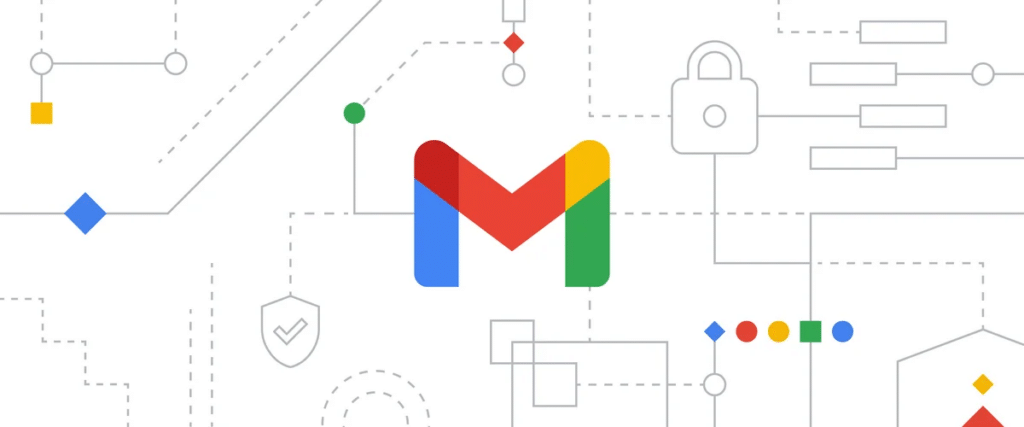Everyone hates spam.
Most email providers have sophisticated anti-spam programs that block the overwhelming majority of spam (15 billion emails blocked every day, after all).
Google's new standards will push protection measures a little further in 2024, and if you're sending out email campaigns it's vital that you're aware of them and take care to avoid conflicting with them.
All the more so as other email providers (Yahoo and Microsoft) have announced the imminent implementation of similar measures.

Who is affected by Google's new standards?
Google defines the target as follows:
"[...] bulk senders - those who send more than 5,000 messages to Gmail addresses in one day".
A Bulk Sender is any entity (i.e. domain name) sending more than 5,000 emails in one day to Gmail addresses (Google Workspace is included in the Gmail network). For your information, the Gmail network represents just under one in three email addresses.
I draw your attention to the semantics. They do say "in one day"notevery day".
If you do a single shoot a month to 15 or 20,000 contacts, including (statistically) 5 to 7,000 Gmail contacts, you're just as concerned as if you posted to these volumes every day.
Strong authentication required
"[...] we're requiring those who send significant volumes to strongly authenticate their emails following well-established best practices [...]"
By February 2024, all emails sent to the Gmail network will have to follow Google's recommended authentication best practices.
This measure means that bulk senders will have to prove the authenticity of their e-mails by using DKIM (DomainKeys Identified Mail), an e-mail authentication method. This system verifies that the email has been sent by the authorized domain and that it has not been altered during transfer. This requirement enhances security and confidence in the e-mail ecosystem, reducing the risk of phishing and spam. For companies, this implies a need to comply with these standards to maintain the effectiveness of their email marketing campaigns.
To check that this is the case, send an email with your site, your emailing tool or any other tool you use to https://www.mail-tester.com/ (go to the site page, copy the address they give you, use it as the recipient of your test email, and click on Check your score).
Contact your developer if you receive an authentication error (and if your score is below 9 in general).
Keep spam levels low
"[...] moving forward, we'll enforce a clear spam rate threshold that senders must stay under [...]"
Google monitors its users' spam reports.
The new standards mean that above a certain threshold (not officially mentioned, but our sources tell us the figure is 0.3%) of spam, Google will block your emails outright. This is an emailing first.
We recommend that you take particular care with B2B, as it has become common practice to include opt-outs (people who have not given their explicit consent) in your e-mail databases (because it's legal in the EU, unlike B2C). The spam rate is regularly high after a massive addition of contacts in these cases, and Google doesn't mention that it has any exemptions for B2B (so much the better, we get too much spam as professionals too).
Easy unsubscription
"[...] we're requiring that large senders give Gmail recipients the ability to unsubscribe from commercial email in one click, and that they process unsubscription requests within two days."
Most of you will probably say "It's okay, my emailing tool includes an automatic unsubscribe link".
I therefore draw your attention to the words "in one click".
How many companies still have a system that requires users to log in to their account to manage their email preferences, and uncheck each notification one by one? How many companies send emails that are too long, are truncated and need to be displayed in the browser to reveal the unsubscribe link?
Even if most emailing tools are likely to adapt quickly before the standards are implemented, if your tool is a little old, and especially if it's homemade, make sure it's in place as soon as possible.

Standards on the way
Yahoo and Microsoft have already announced similar measures (5 and 15% of mailboxes respectively). It is to be expected that the rates will be more or less identical to those of Google. This brings the proportion of e-mail addresses affected by these standards to more than half.
Apple has yet to make an announcement, but we know that the fight against spam has always been important to the brand (with, for example, their system for protecting their mailboxes via associated disposable proxy mailboxes), there's little doubt that they'll quickly implement similar measures on their own network (which now technically represents around 65% of mailboxes, but this figure is inflated by the proxy system I mentioned, which creates tons of temporary e-mail addresses; the "real" figure is probably closer to 30%, as was the case in 2021 before this system was implemented), bringing the number of e-mail addresses affected by hardening to 80%.
To read the full Google article, click here: link to The Keyword article (Google blog).




